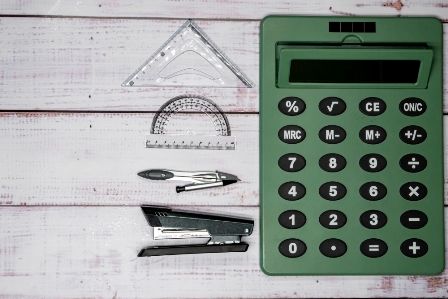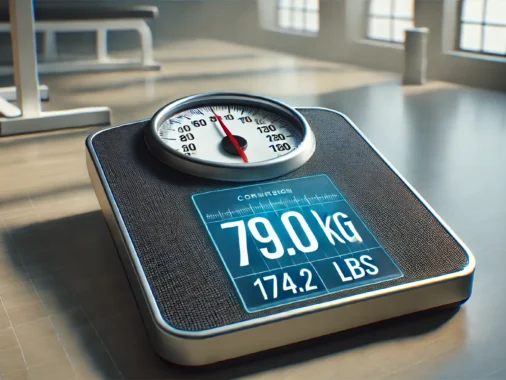Millimeters to Inches Conversion: The Complete Expert Guide
As a mechanical engineer with over 15 years of experience in international manufacturing, I’ve performed thousands of millimeter-to-inch conversions for precision components. This practical guide will help you master these conversions with confidence.
Why Accurate Unit Conversion Matters
Precision measurement conversion is critical in numerous fields including engineering, construction, manufacturing, and even everyday DIY projects. Even small conversion errors can lead to significant problems:
- Manufacturing defects in precision parts
- Structural integrity issues in construction
- Compatibility problems in international projects
- Financial losses from material waste
Practical Applications of mm to inches Conversion
Based on my professional experience, these conversions are most frequently needed in:
Engineering and Manufacturing
Precision components often require conversion between metric and imperial systems, especially when working with international suppliers or clients. Tolerance specifications frequently need accurate conversion to thousandths of an inch.
Construction and Architecture
Building materials often come in different measurement systems. Converting between millimeters and inches ensures proper fitting of components from various international sources.
DIY and Home Improvement
Whether you’re working with metric fasteners on imperial-sized materials or following international plans, accurate conversion prevents costly mistakes.
Conversion Table: Common Measurements
| Millimeters (mm) | Inches (decimal) | Inches (fraction) | Common Use Cases |
|---|---|---|---|
| 1 mm | 0.0394″ | 1/25″ | Precision engineering tolerances |
| 5 mm | 0.1969″ | 13/64″ | Small fasteners, jewelry |
| 10 mm | 0.3937″ | 25/64″ | Medium bolts, watch components |
| 25.4 mm | 1.0000″ | 1″ | Standard conversion reference |
| 100 mm | 3.9370″ | 3 15/16″ | Construction materials, pipes |
| 500 mm | 19.6850″ | 19 11/16″ | Furniture, cabinet dimensions |
Expert Tips for Precision Conversions
Through years of professional experience, I’ve developed these best practices for accurate conversions:
1. Understand Significant Figures
Your conversion precision should match your measurement precision. If you measured to the nearest millimeter, converting to thousandths of an inch gives a false sense of precision.
2. Fractional Inch Conversions
For woodworking and construction, fractional inches are often more practical than decimals. Our calculator provides both decimal and fractional equivalents for common measurements.
3. Temperature Considerations
Remember that materials expand and contract with temperature changes. For high-precision applications, specify the temperature at which the measurement was taken.
4. Calibration Matters
Regularly calibrate your measuring tools. Even high-quality calipers and micrometers can drift over time, affecting conversion accuracy.
Historical Context: Why Two Systems?
The coexistence of metric and imperial systems stems from historical development paths. The metric system, developed during the French Revolution, offers decimal-based simplicity. The imperial system evolved from earlier English measurement systems. Understanding this history helps contextualize why we still need conversions today.
Frequently Asked Questions
Why is 25.4 mm exactly equal to 1 inch?
The international yard and pound agreement of 1959 defined the inch as exactly 25.4 millimeters, creating a standardized conversion factor for international trade and engineering.
How do I convert millimeters to fractional inches?
Convert mm to decimal inches first, then find the nearest fraction with a denominator that’s a power of 2 (16ths, 32nds, 64ths). Our calculator automatically shows both decimal and fractional results for common measurements.
Which industries primarily use millimeters versus inches?
Most countries use the metric system (millimeters) for engineering and manufacturing. The United States, Liberia, and Myanmar still primarily use inches, though many U.S. industries (especially automotive and medical) have adopted metric measurements.
What’s the most common conversion error?
The most frequent error is misplacing the decimal point when converting, which results in a tenfold error. Always double-check critical conversions, especially when working with small measurements where precision matters most.
Professional Applications: Case Study
In my work with aerospace components, a 0.1 mm discrepancy in a turbine blade specification (approximately 0.004 inches) led to a $250,000 production error for a client. This experience underscored why reliable conversion tools and verification processes are essential in precision industries.
Pro Tip: Verification Method
Always verify critical conversions using a second method. After converting with our calculator, use the simple rule: multiply millimeters by 4 to get approximate hundredths of an inch (e.g., 10 mm × 4 = 40 hundredths = 0.40 inches; actual value 0.3937). This quick check helps catch major errors.
Conclusion: Convert With Confidence
Accurate measurement conversion is both an art and a science. Our millimeter to inches calculator combines mathematical precision with practical application knowledge developed through years of professional experience. Whether you’re working on a international engineering project or a home improvement task, you can trust these conversions for precision and reliability.






